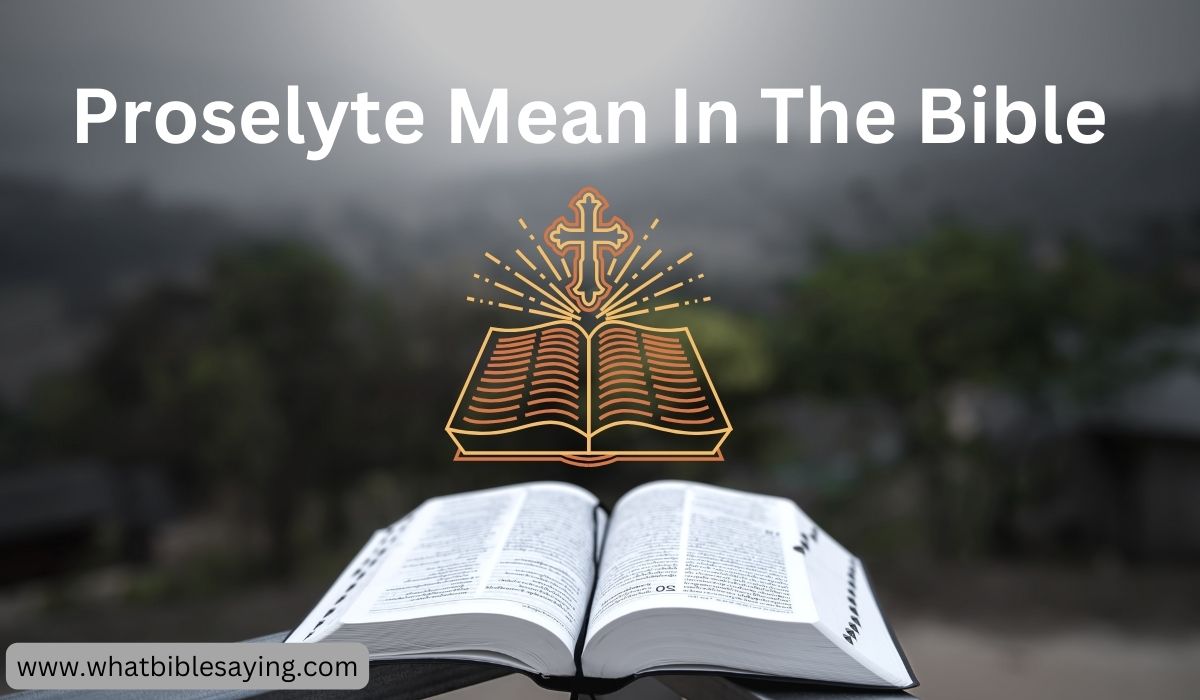 The concept of the “sinner’s prayer” is a common theme in many Christian teachings and personal testimonials. Often referred to as a pivotal moment of turning one’s life towards God, it’s surrounded by questions of its biblical basis and effectiveness in the process of salvation. This article will explore whether the sinner’s prayer is mentioned in the Bible, analyze relevant scriptures, and discuss how one might approach reading the Bible to understand salvation more deeply.
The concept of the “sinner’s prayer” is a common theme in many Christian teachings and personal testimonials. Often referred to as a pivotal moment of turning one’s life towards God, it’s surrounded by questions of its biblical basis and effectiveness in the process of salvation. This article will explore whether the sinner’s prayer is mentioned in the Bible, analyze relevant scriptures, and discuss how one might approach reading the Bible to understand salvation more deeply.
What is the Sinner’s Prayer?
The sinner’s prayer is typically a spoken expression by an individual who acknowledges their sins and seeks forgiveness from God, intending to turn away from sin and dedicate their life to following Jesus Christ. It’s often seen as the first step in becoming a Christian.
Is the Sinner’s Prayer Found in the Bible?
While the term “sinner’s prayer” is not explicitly found in the Bible, the concept of calling out to God for salvation is present. Various passages provide examples of individuals crying out to God in repentance and faith.
Scriptural Insights: Sinner’s Prayer and Salvation
Romans 10:9 – A Key Verse
One of the most cited verses related to the sinner’s prayer is Romans 10:9, “If you declare with your mouth, ‘Jesus is Lord,’ and believe in your heart that God raised him from the dead, you will be saved.” This verse highlights the importance of faith and verbal confession in the process of salvation.
Other Relevant Scriptures
- Luke 18:13-14: The Parable of the Pharisee and the Tax Collector, where the tax collector’s humble prayer, “God, have mercy on me, a sinner,” is highlighted as a genuine plea that leads to justification.
- Acts 2:21: “And everyone who calls on the name of the Lord will be saved.” This verse from Peter’s sermon indicates the openness of salvation to all who seek it earnestly.
Does God Accept the Sinner’s Prayer?
According to biblical teachings, God’s acceptance of a sinner’s prayer is contingent on genuine repentance and faith. It’s not merely the words that matter but the heart’s condition when they are spoken.
What Order Should I Read the Bible In?
Understanding the context and foundation of the sinner’s prayer can benefit greatly from a structured approach to reading the Bible. Here are some recommended methods:
Canonical Order
Reading the Bible from Genesis to Revelation. This order helps understand the historical and unfolding narrative of the Bible.
Chronological Order
Reading the Bible based on the timeline of events can provide a unique perspective on the historical context and development of biblical themes.
Thematic Study
Focusing on specific themes such as Salvation, Grace, or Repentance can deepen understanding and provide a focused study on issues related to the sinner’s prayer.
Encouraging Personal Reflection
As you explore the concept of the sinner’s prayer through these readings, consider what these scriptures speak to you personally. Reflect on the nature of repentance and your relationship with God. Such reflection can lead to a more profound and personal understanding of salvation.
Conclusion
While the exact phrase “sinner’s prayer” is not found in the Bible, the essence of calling out to God for salvation permeates its teachings. Whether through a structured prayer or a spontaneous plea, the Bible emphasizes faith and repentance as the keys to reconciliation with God.
We invite you to continue exploring these themes and encourage you to visit whatbiblesaying.com for more insights and guidance on your spiritual journey.












